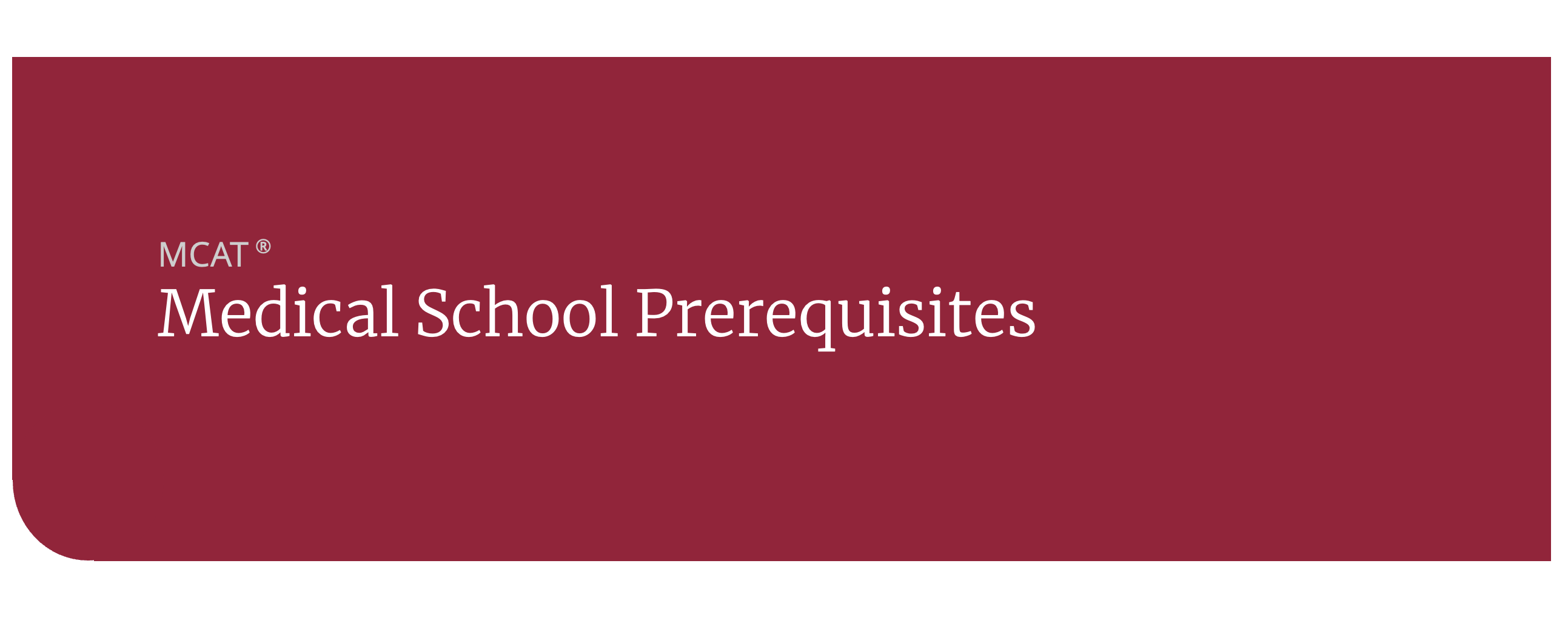Osteopathic Medical Schools
Applying to medical school, including choosing which schools you’ll apply to — the average pre-med applies to 16 schools — involves tons of research, a realistic look at your credentials, and a little bit of dreaming. If you’re trying to decide whether to apply to MD (allopathic) or DO (osteopathic) schools, or maybe you’re applying for both, you’ll want more information on the differences and similarities between these approaches to medical care, as well as more information of the best osteopathic medical schools for you.
Osteopathic medicine’s traditional principles and practices, especially the focus on patient-centered, preventive care, are becoming part of many health care system reform efforts. Because of this, the number of students applying to osteopathic medical school has almost doubled in the last decade. Last year, more than 21,000 aspiring physicians applied to become osteopathic medical students (compared to about 11,000 in 2007-08). The good news for you as a pre-med is that pursuing a career as a DO is a great choice. At the same time, osteopathic medical schools are becoming much more competitive with the influx of applicants. In 2019, there were only 35 DO degree granting medical schools in the United States.
Typically, a DO will be need to pass the COMLEX to obtain their own license to practice medicine. The job outlook for Osteopathic Doctors is expected to rise from roughly 311,300 positions in 2019 to over 470,900 positions by 2032. Here are some of the best osteopathic medical schools in the United States.
[RELATED: Browse MCAT Class and Test Options by State ]

